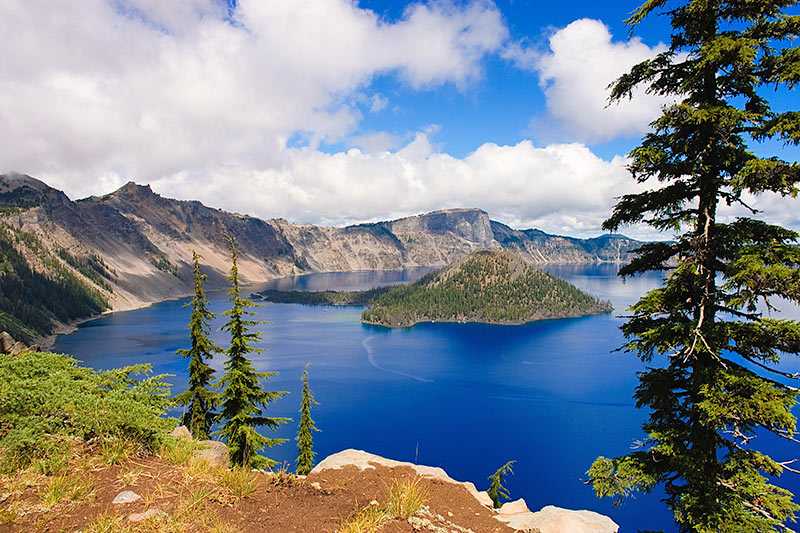The Unofficial Top 10 Sacred Places in Nature (Part 1)

Whatever your belief system, there are some places that simply take your breath away, or leave you with an inner sense of calm and wonder. Here are just some of the ones we’ve come across.
10. Mount Kailash, Tibet
Mount Kailash is the source of some of Asia’s most important rivers, including a tributary of the Ganges, Karnali and Indus, and the 52km (32.5 miles) trek around Kailash is a pilgrimage for Buddhists, Hindus, Bonpos, Jains and, more recently, hikers. Thought to be the centre of the universe (the Axis Mundi), the mountain lies in an isolated and remote area, making a trip there a pilgrimage in itself. However, don’t think of climbing Kailash – all religions believe that setting foot on the mighty mountain is a sin, and no mountaineer has ever ventured up its slopes.
09. Machu Picchu, Peru
This UNESCO World Heritage Site in South America is also considered by many to be one of the new seven wonders of the world. It’s long been regarded as a sacred site, built on and around mountains that hold high religious importance to the Incas and previous cultures that occupied it. Hikers can follow the Incas’ own roads, built to link isolated Machu Picchu with Cuzco, on hikes lasting two, four or five days. There are many incredible things to see and discover around Machu Picchu with the help of local tour organizers. The invading Spanish missed it during their conquest of South America, but we suggest you don’t – many have felt the powerful spiritual energy when visiting.
08. Cenote Sagrado, Mexico
Mexico’s ‘Sacred Well’ is at the pre-Columbian Maya site of Chichen Itza in the northern Yucatán Peninsula. The cenote is about 65m (213ft) in diameter, and its sheer sides drop to the water table some 30m (100ft) below. On the Yucatán Peninsula, a limestone plain with no rivers or streams, water is at a premium, yet this cenote - one of only two in the area - was reserved exclusively for the Maya to sacrifice both objects and humans to their rain god Chaac. Visitors can explore Cenote Sagrado while visiting Chichén Itzá, one of the largest Maya cities.
07. Vortexes, Arizona, USA
Sedona in Arizona is famous for its stunning red sandstone formations that change colour with the light and its vortexes – four powerful centres of kinetic energy said to strongly affect those who visit them. The ancient Native American Yavapai people knew about these centres, celebrating the energies with petroglyph paintings and sacred dwellings; but Sedona’s vortexes first came to the wider world’s attention in the 1950s. The site attracts those interested in healing, spirituality and mysticism. Many visitors report feeling recharged and uplifted after visiting a vortex, and for those who thrive on exercise, the site also boasts hundreds of hiking and mountain biking trails which you can discover via organized local tours.
06. Camino De Santiago, France/Spain
The Way of St James is a Christian pilgrimage route to the Cathedral of Santiago de Compostela in Galicia in Spain, the reputed burial place of St James, one of Jesus’ apostles. Travelled by pilgrims since medieval times, there are many routes, but one of the most popular is from Roncesvalles on the French border. The Way was the first European Cultural Route to be declared by the Council of Europe in 1987 and is also a UNESCO World Heritage Site. It’s traditional to bring back a Galician scallop shell to prove the journey has been completed.